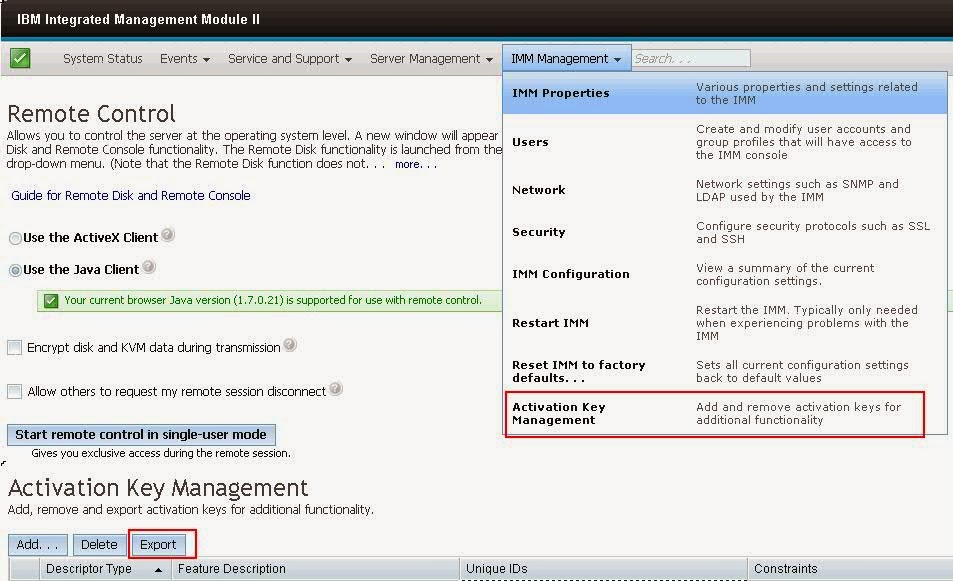10 Tips for Effective Active Directory Design
Active Directory design is a science, and it’s far too complex to cover all the nuances within the confines of one article. But I wanted to share with you 10 quick tips that will help make your AD design more efficient and easier to troubleshoot and manage.
I have heard some IT pros say that you don’t have to back up every domain controller on the network because of the way Active Directory information is replicated between domain controllers. While there is some degree of truth in that statement, backing up FSMO role holders is critical.
I once had to assist with the recovery effort for an organization in which a domain controller had failed. Unfortunately, this domain controller held all of the FSMO roles and acted as the organization’s only global catalog server and as the only DNS server. To make matters worse, there was no backup of the domain controller. We ended up having to rebuild Active Directory from scratch. This is an extreme example, but it shows how important domain controller backups can be.
1: Keep it simple
The first bit of advice is to keep things as simple as you can. Active Directory is designed to be flexible, and if offers numerous types of objects and components. But just because you can use something doesn’t mean you should. Keeping your Active Directory as simple as possible will help improve overall efficiency, and it will make the troubleshooting process easier whenever problems arise.2: Use the appropriate site topology
Although there is definitely something to be said for simplicity, you shouldn’t shy away from creating more complex structures when it is appropriate. Larger networks will almost always require multiple Active Directory sites. The site topology should mirror your network topology. Portions of the network that are highly connected should fall within a single site. Site links should mirror WAN connections, with each physical facility that is separated by a WAN link encompassing a separate Active Directory site.3: Use dedicated domain controllers
I have seen a lot of smaller organizations try to save a few bucks by configuring their domain controllers to pull double duty. For example, an organization might have a domain controller that also acts as a file server or as a mail server. Whenever possible, your domain controllers should run on dedicated servers (physical or virtual). Adding additional roles to a domain controller can affect the server’s performance, reduce security, and complicate the process of backing up or restoring the server.4: Have at least two DNS servers
Another way that smaller organizations sometimes try to economize is by having only a single DNS server. The problem with this is that Active Directory is totally dependent upon the DNS services. If you have a single DNS server, and that DNS server fails, Active Directory will cease to function.5: Avoid putting all your eggs in one basket (virtualization)
One of the main reasons organizations use multiple domain controllers is to provide a degree of fault tolerance in case one of the domain controllers fails. However, this redundancy is often circumvented by server virtualization. I often see organizations place all their virtualized domain controllers onto a single virtualization host server. So if that host server fails, all the domain controllers will go down with it. There is nothing wrong with virtualizing your domain controllers, but you should scatter the domain controllers across multiple host servers.6: Don’t neglect the FSMO roles (backups)
Although Windows 2000 and every subsequent version of Windows Server have supported the multimaster domain controller model, some domain controllers are more important than others. Domain controllers that are hosting Flexible Single Master Operations (FSMO) roles are critical to Active Directory health. Active Directory is designed so that if a domain controller that is hosting FSMO roles fails, AD can continue to function — for a while. Eventually though, a FSMO domain controller failure can be very disruptive.I have heard some IT pros say that you don’t have to back up every domain controller on the network because of the way Active Directory information is replicated between domain controllers. While there is some degree of truth in that statement, backing up FSMO role holders is critical.
I once had to assist with the recovery effort for an organization in which a domain controller had failed. Unfortunately, this domain controller held all of the FSMO roles and acted as the organization’s only global catalog server and as the only DNS server. To make matters worse, there was no backup of the domain controller. We ended up having to rebuild Active Directory from scratch. This is an extreme example, but it shows how important domain controller backups can be.

Comments